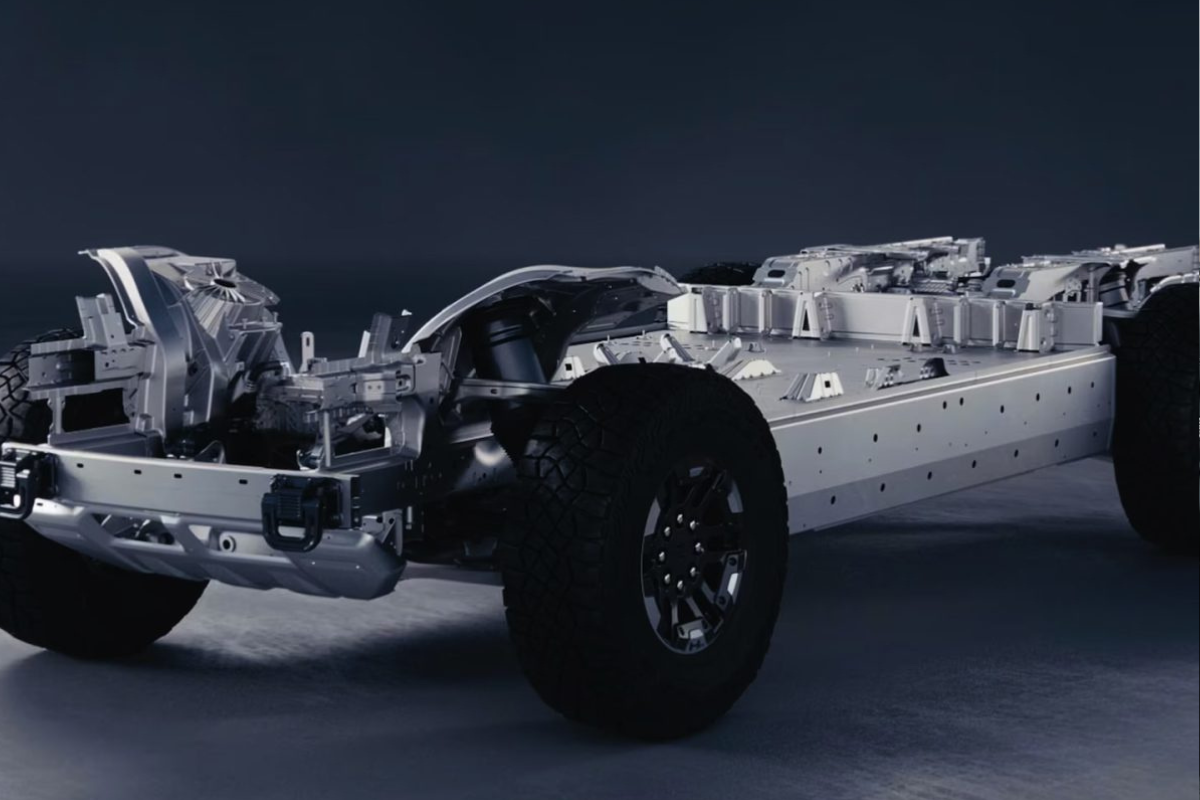Ben Welham
February 4, 2025

Ben Welham
February 4, 2025

Tesla Cybertruck off-road
"The rise of electric powertrains has had a profound impact on the design of pickup trucks"
Traditionally known for their rugged appearance and powerful gas engines, modern pickups are now being reimagined to accommodate hybrid, electric and even alternative fuel powertrains, creating a fusion of innovation, efficiency and bold design. Not an easy task by any means
The rise of electric powertrains has had a profound impact on the design of pickup trucks.
The Ford F-150 Lightning, Rivian R1T and GMC Hummer EV are perfect examples of how electrification has influenced the aesthetic and structural design of pickups.
Without the need for large internal combustion engines, designers are given more creative freedom, leading to sleeker front-end designs, like closed grilles or futuristic LED light bars that signify the truck’s electric identity.
Additionally, with the absence of an engine, trucks now get “frunks” (front trunks), adding practicality without compromising the aggressive look and grille, even if a grille is mostly useless on an EV.
With new powertrain technologies comes a greater focus on aerodynamics.
Hybrid and electric pickups, such as the Chevrolet Silverado EV and Tesla Cybertruck, need to reduce drag to maximize range.
This has led to more streamlined body shapes, lower rooflines, and carefully sculpted panels designed to minimize air resistance.
While maintaining their rugged look, these trucks often feature subtle curves and flush door handles, all contributing to better aerodynamics while signaling the shift toward increased energy efficiency.
The weight of new powertrain systems, particularly heavy battery packs, requires design adaptations in the truck’s chassis and structure – in some cases the battery alone can weigh up to 2,000lbs.
Trucks like the Cybertruck introduced an exoskeleton frame for added durability and weight distribution.
Engineers have also reinforced bed designs to handle both payload and powertrain needs, ensuring that trucks maintain their utility even as they transition to new energy sources.
Inside, the shift to electric and hybrid powertrains brings modern, tech-first interior designs.
Digital dashboards, large infotainment screens and minimalist cabin layouts represent the integration of new technologies and a focus on sustainability through recyclable materials.